New photos from space show that a massive volcano in Nicaragua has just sent out thousands of tons of toxic smoke and gas. The first time that the volcano erupted for the first time in a century was just a few years ago.
Although it is a relatively young geological formation, at just 4,500. years old, it has caused massive destruction on several occasions. Now, experts are concerned that Momotombo, a terrifying stratovolcano, may be active again.
The Smoking Terror
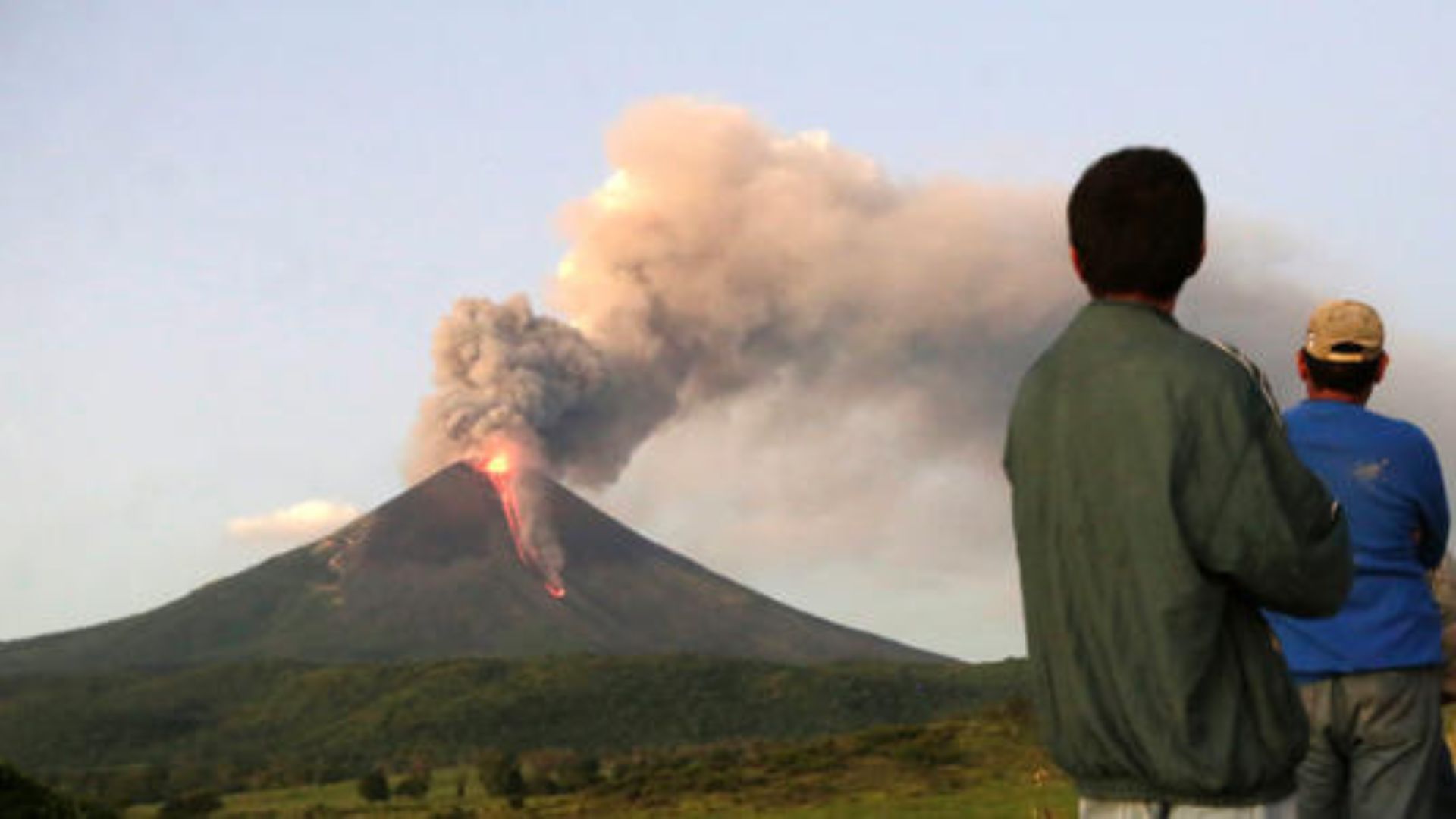
In 1902, stereographers surveyed the region and dubbed the stratovolcano with the same “the smoking terror.”
The active volcano sits on the northern shore of Lake Managua in West Nicaragua, close to a large rift valley filled with similar volcanic activity.
Momotombo’s Recent Eruption
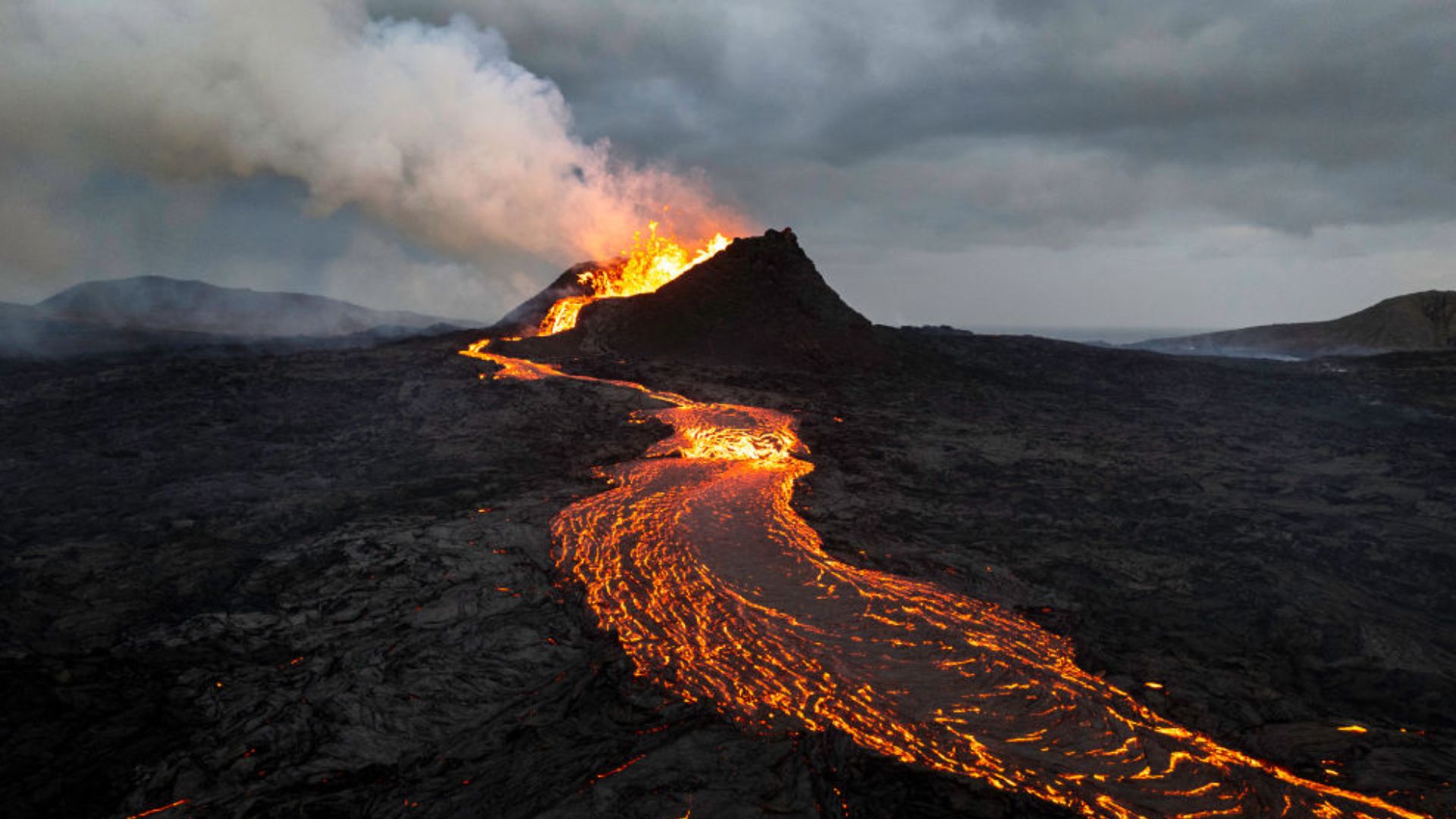
In the past 500 years, Momotombo has had several notable eruptions. Notably, a massive outburst in 1910 triggered a large earthquake that destroyed a nearby Spanish city called León.
Residents of the town were relocated quickly, and a new version of their community was built. It is now Nicaragua’s second-largest city. The ruins that were destroyed by the volcano are now listed as a UNESCO World Heritage site.
What’s Happening Right Now

The volcano is currently experiencing an active eruptive phase. It has had several major outbursts since November 2015.
Before then, Momotombo has not shown any major activity or eruptions since 1905. Since 2021, it has been relatively dormant, but active volcanoes exist all along the cost of Central and South America.
What the Photos from Space Show
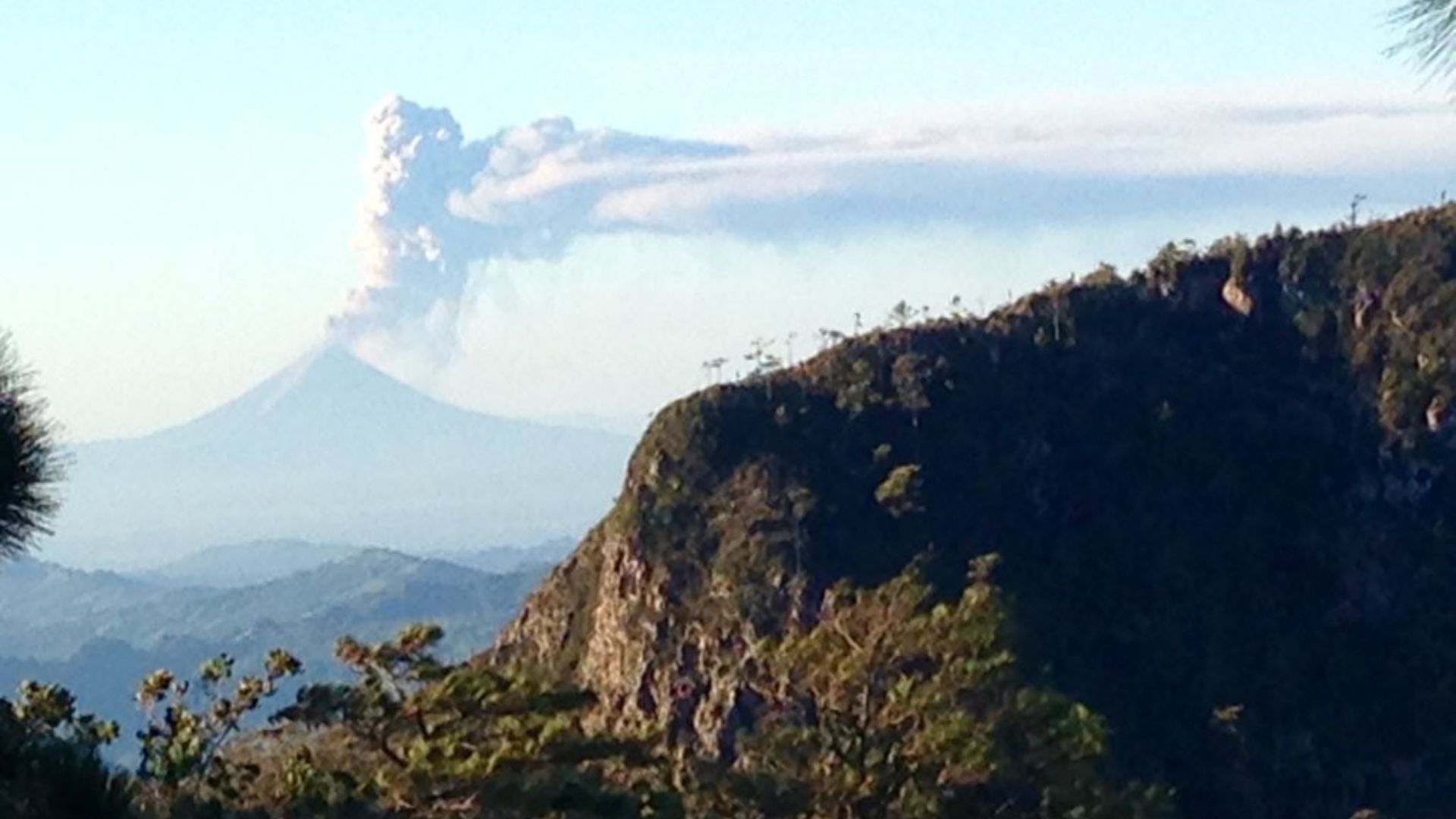
Incredible aerial photos from space show that the volcano appears to be spewing a loud cloud of toxic gas from the summit. The cloud contains a mixture of water vapor and toxic gases that smell like hydrogen sulfide.
The volcano occasionally spits out these clouds of gas in the years before and after a major eruption. However, it has been enough time after the last eruption that experts think that this shows new activity and an eruption could be coming.
Lava Is Visible in Photos
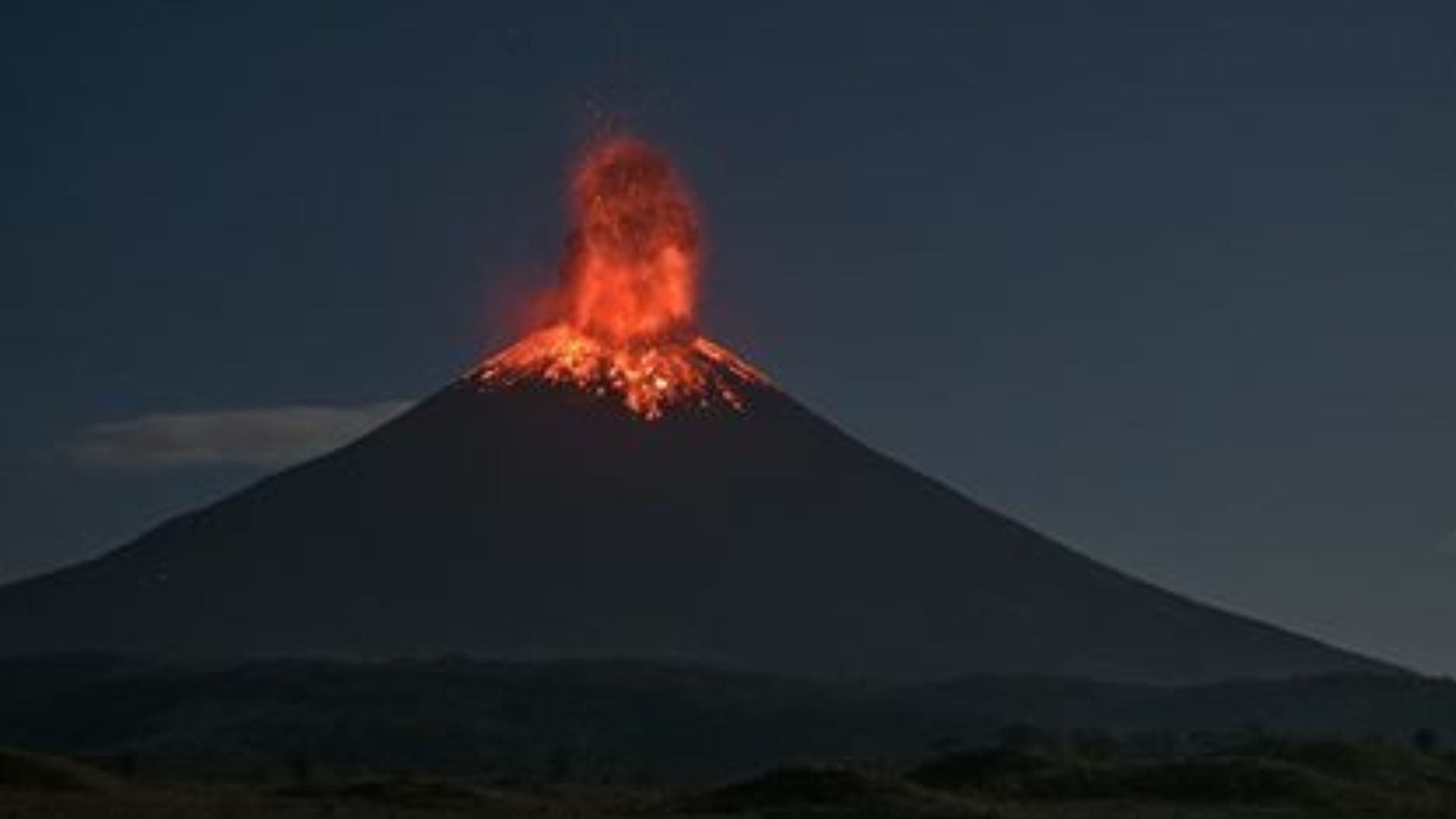
Another notable sign in the photo taken by NASA’s Earth Observatory is two dark fields of lava at the mountain’s base that become left behind when molten rock flows down lava channels on the mountain’s flanks.
The lava streams are visible due to past eruptions and lava activity. However, it can also mean new magma is brewing on the surface and gaining pressure.
Central American Volcanic Arc

Momotombo is just a small part of the larger Central American Volcanic Arc. It stretches from the continent’s West coast from Mexico to Panama and encompasses several other major volcanoes and geological formations.
There is a smaller sister stratovolcano called Momotombito, a 1,150-foot-tall island structure in the middle of Lake Managua that was formed at the same time.
How Big is Momotombo
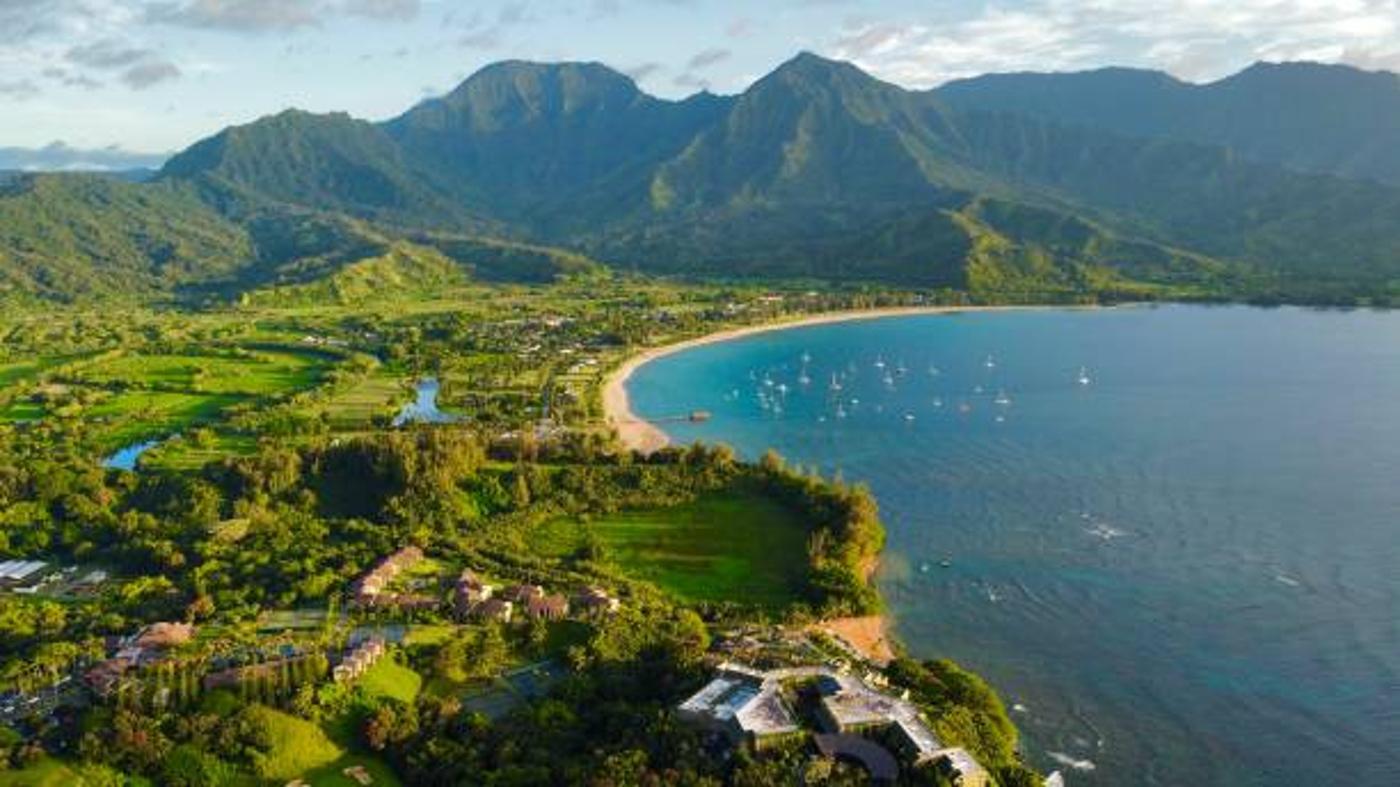
Momotombo is a massive structure that can be seen for miles around the city at the volcano’s base. It sits at 4,199 feet above sea level.
Seeing the mountain is often a part of tourist expeditions as the site is a stunning and unique location.
The Area Is Surrounded by Small Features
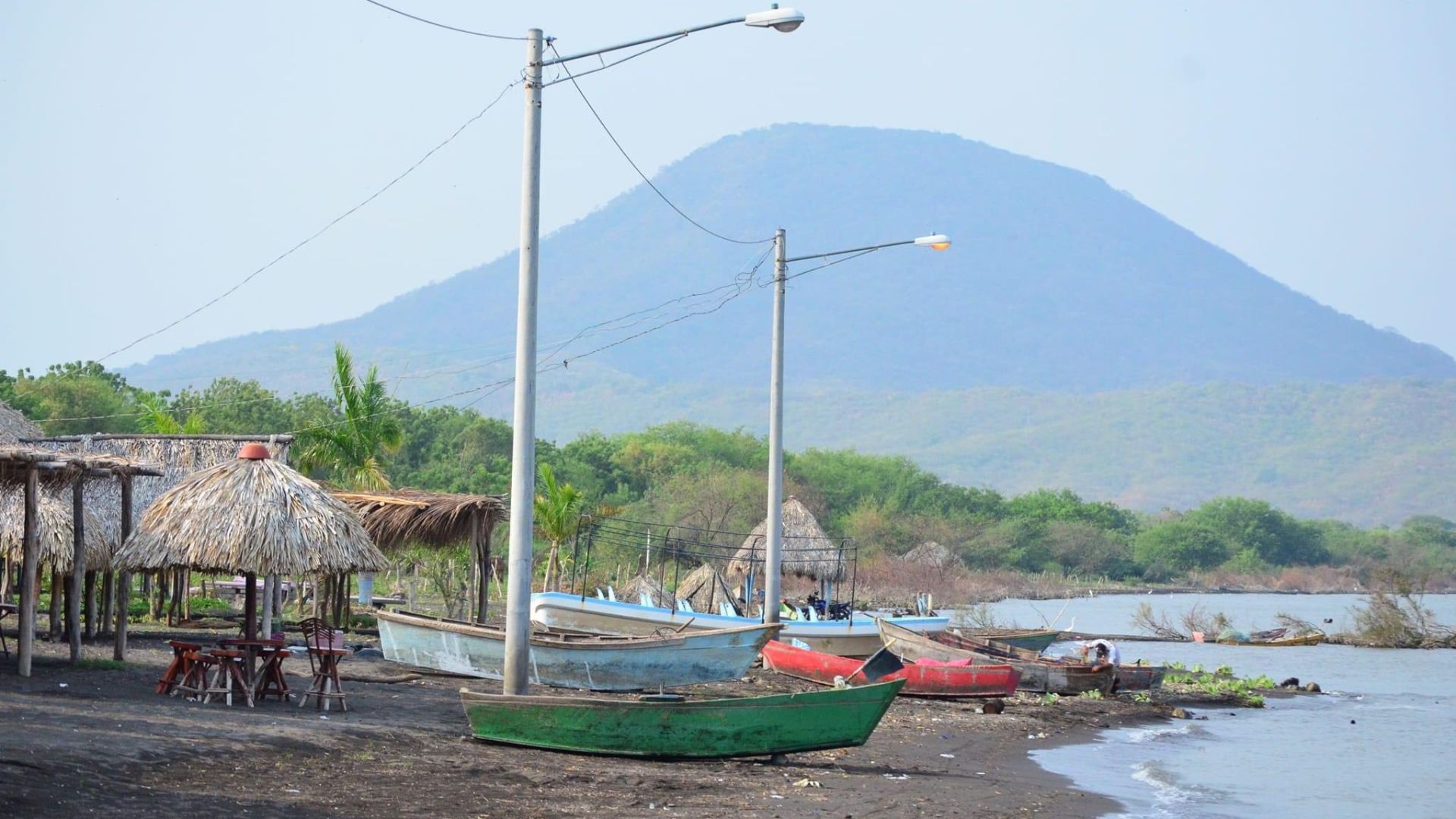
Outside of Momotombo, there are dozens of small openings known as fumaroles where volcanic gas and steam rise up through the Earth’s surface.
Most of the surrounding area was turned into a geothermal plant in 1983 and generates a large amount of electricity from the underground activity.
When the Volcano is Expected to Explode
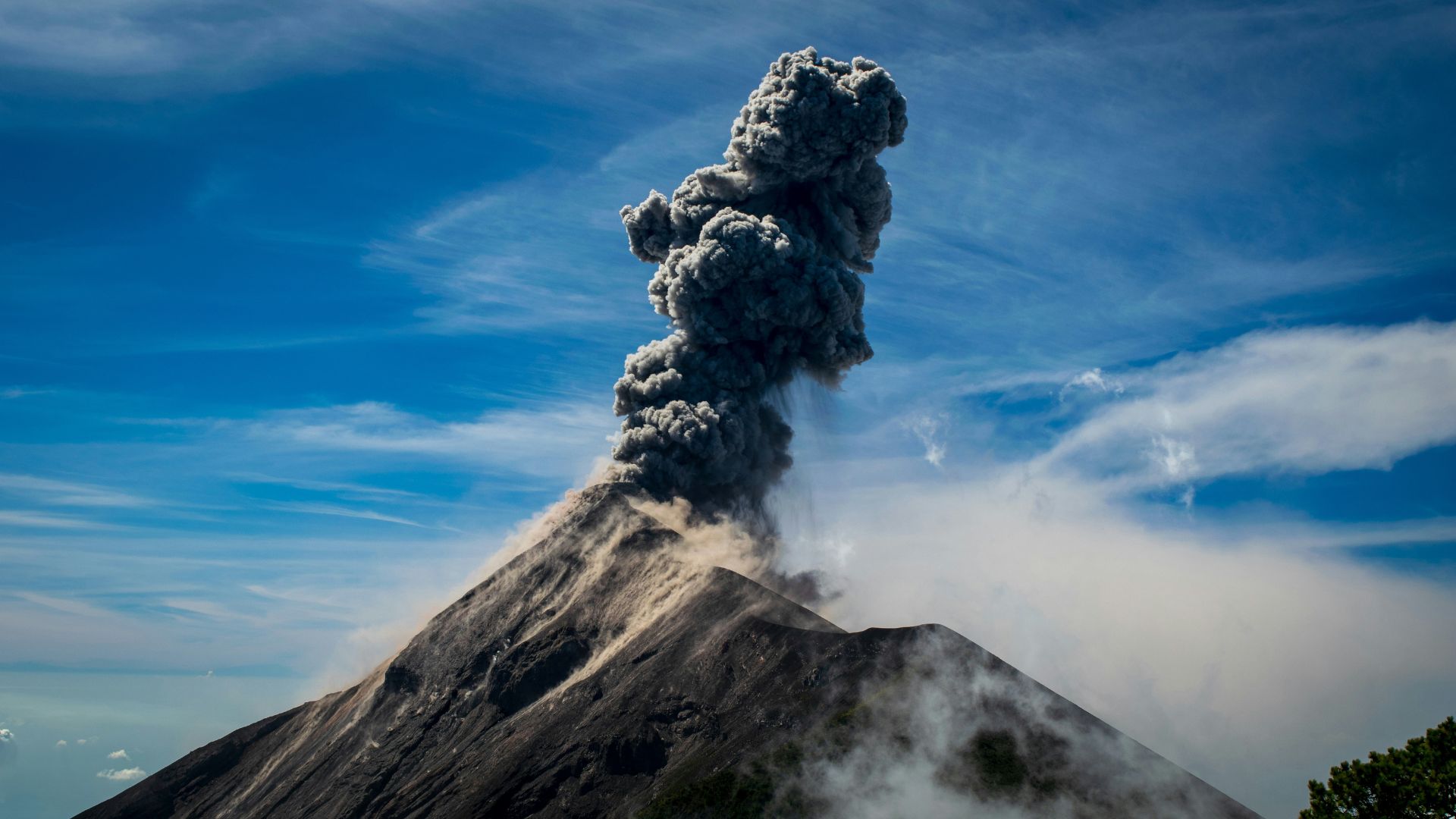
Right now, experts are not holding their breath on a massive eruption of lava and rock. Several more serious signs that the volcano is ready to blow will be needed before the public needs to be warned of the activity.
There are some obvious signs that an eruption is coming, such as increased frequency of earthquakes, noticeable steaming or fumarolic activity, swelling on the side of the volcano, and changes in heat flow.
Recent Surprise Eruptions

Volcanoes don’t generally explode with no warning signs, but they can often turn very quickly.
Just last month in Yellowstone, a massive geysery just outside of Old Faithful had a sudden increase in pressure and erupted with black ash and rock to the surprise of tourists enjoying the park.
Volcanic Activity in Hawaii
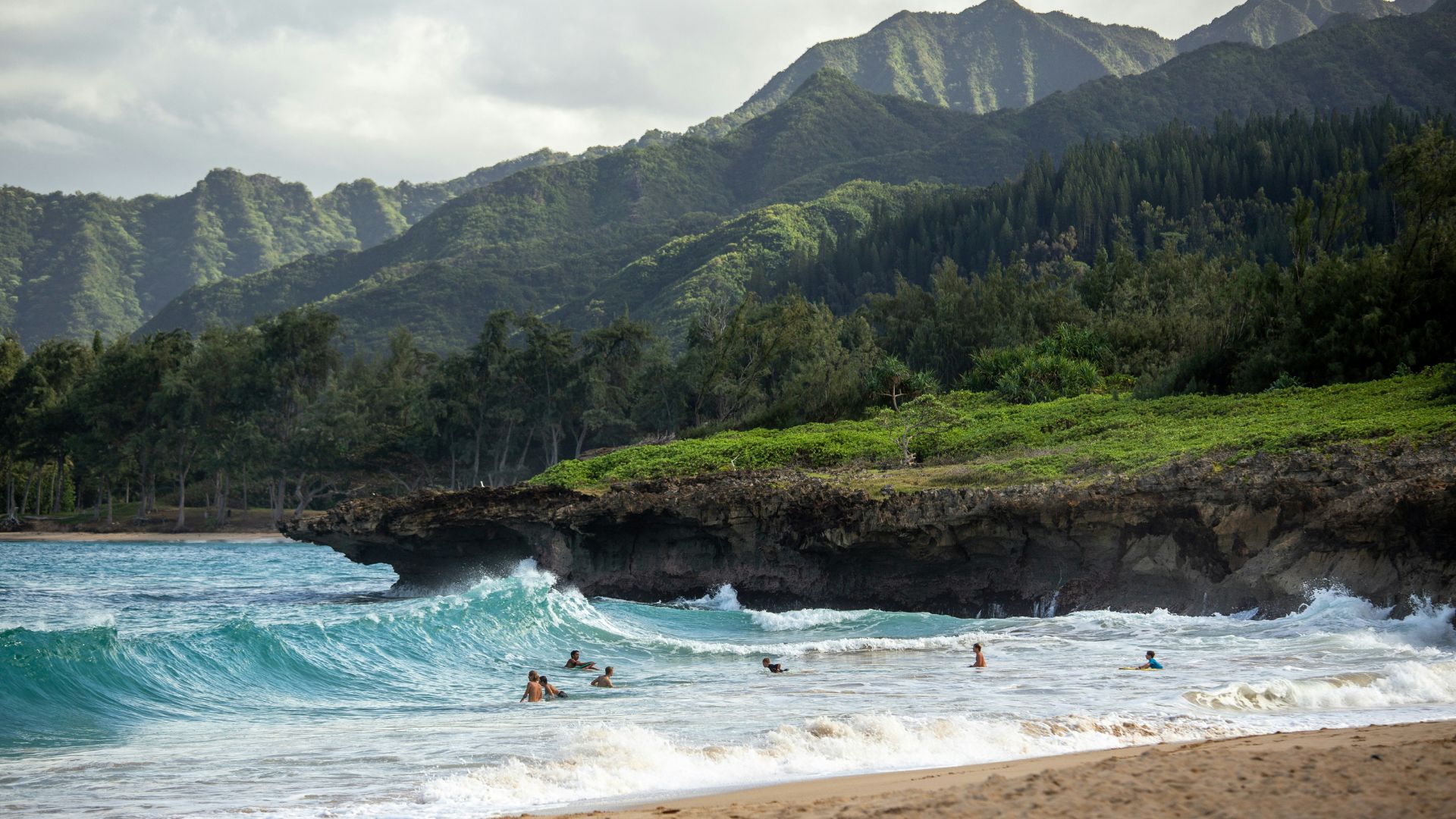
Another place with extremely high levels of volcanic activity is the Hawaiian Islands.
The Kilauea volcano began erupting in early June, causing the Hawaii Volcanoes National Park to close for several days while geologists and volcanologists could survey the activity and consider if a full island evacuation was necessary.
The Last Big Eruption
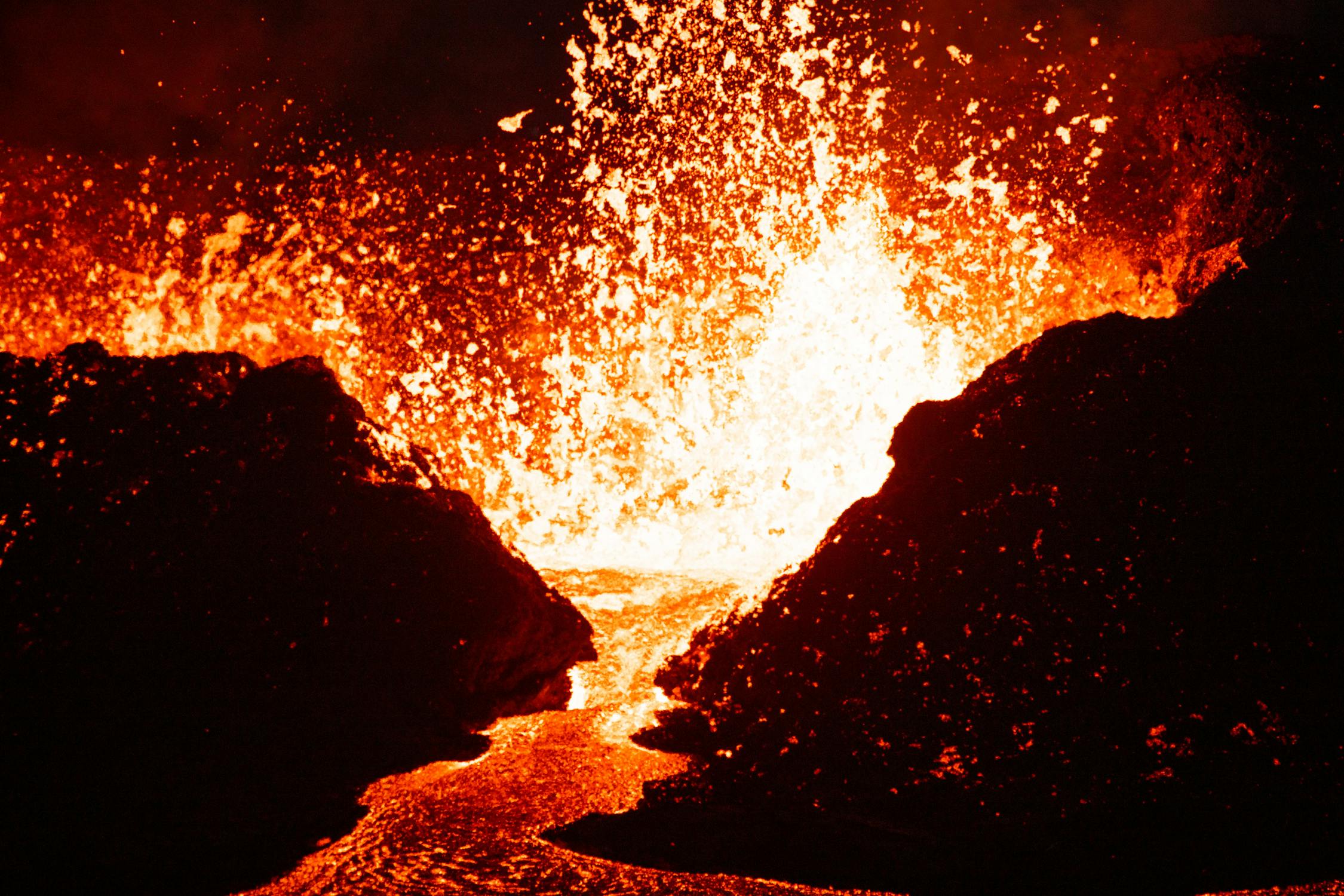
Momotombo’s eruption in December 2015 shocked many researchers, who wondered why the sleeping giant woke up after 110 years.
The Smithsonian Institution Global Volcanism Program reports that Momotombo was particularly active in the late 1800s, with 10 confirmed eruptions occurring between 1905 and 1958. The volcano also erupted several times in the 1600s and 1700s, with one eruption destroying the original site of Leon.
Shifting Out of Sight
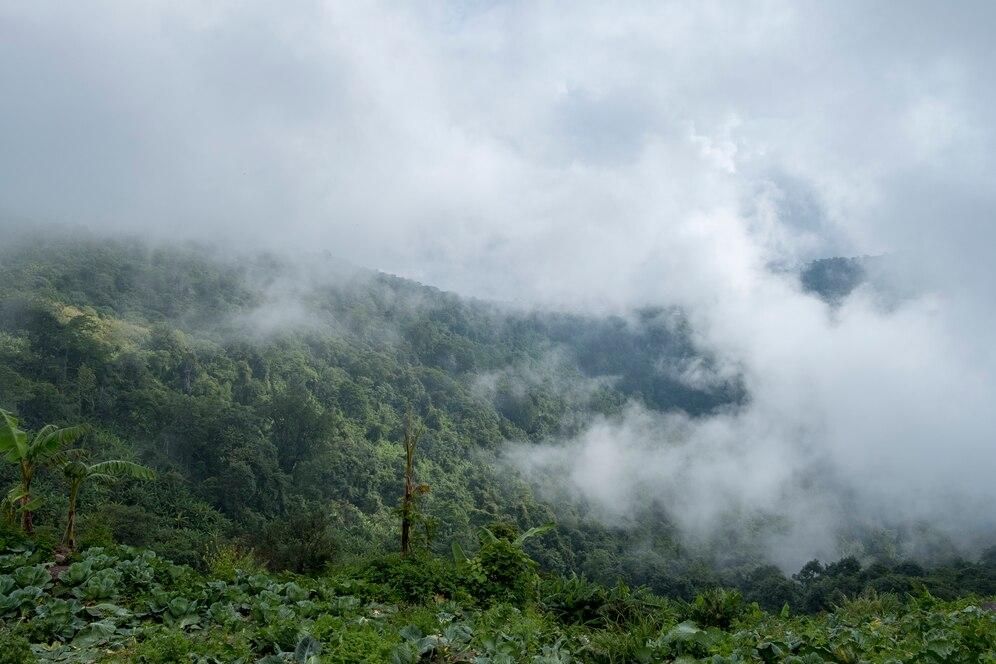
Like the other volcanoes in Nicaragua, Momotombo sits in a seismically active spot where the Cocos Plate slips under the Caribbean Plate.
While Momotombo’s current cone is relatively young compared to the other nearby volcanoes, it started forming about 4,500 years ago and stood at 4,255 feet before its last eruption.
Looking in the Lava
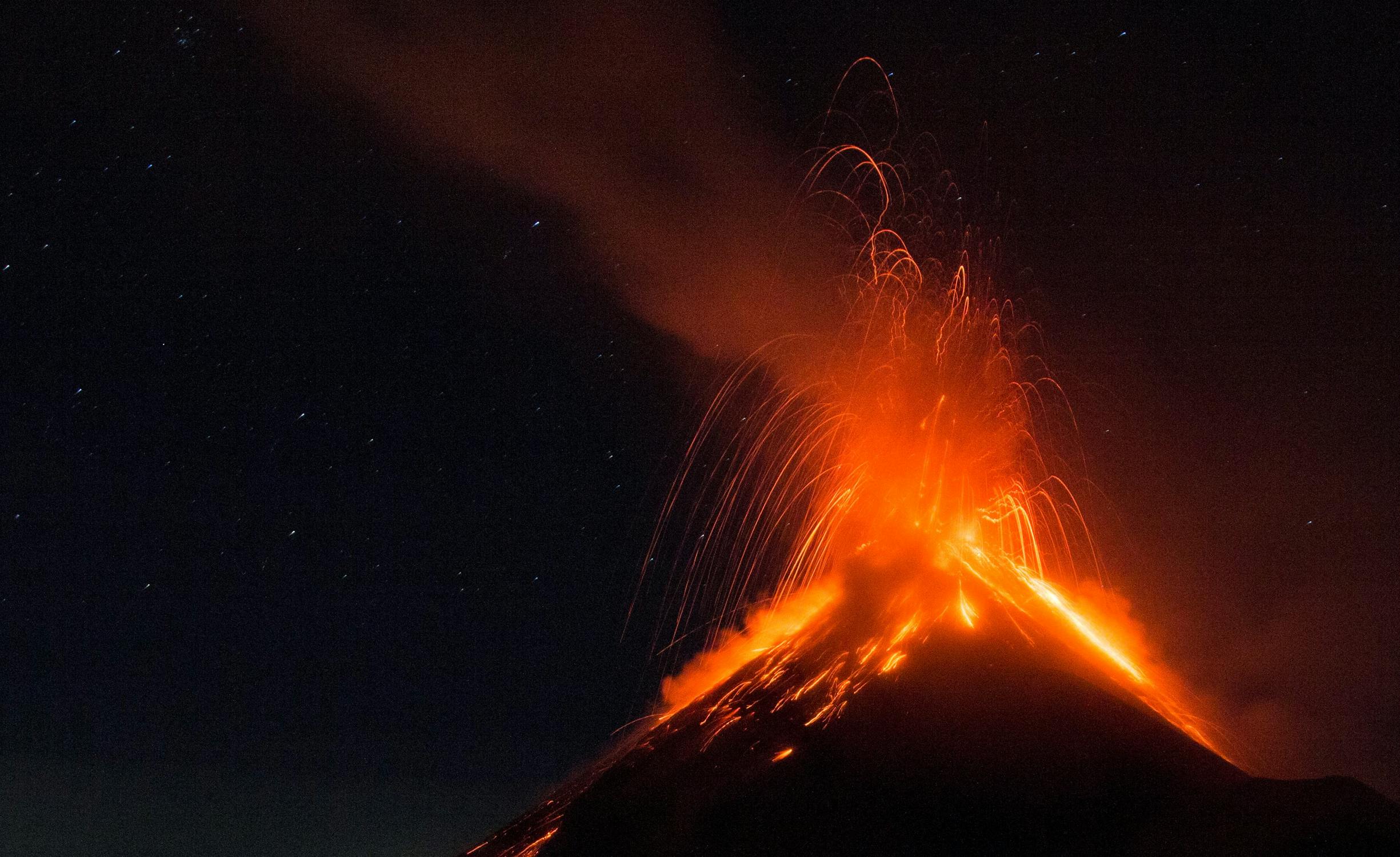
Geoscientists study crystals in lava to gauge how long the cooked rock was at the given temperature. This can provide necessary information as to how long it took the magma to get to the surface after it formed.
Knowing this can help researchers predict the travel rates of the magma bubbling inside volcanoes.
Can’t Predict What’s Going On

Unfortunately, the study can’t predict what is going on with the crust, which is what builds the pressure to a breaking point and snaps to cause an eruption.
“Different volcanoes are going to have different periods of time-based on all sorts of different things going on in the crust,” Erik Klemetti, a volcanologist at Denison University in Ohio, told LiveScience.
Why Does This Happen?

Just as there is no way to 100% predict an eruption, there is no clear answer as to why volcanoes go quiet for centuries and erupt again.
Researchers have looked for a connection between earthquake activity and later eruptions, but nothing was found.
Sputtering Back to Life
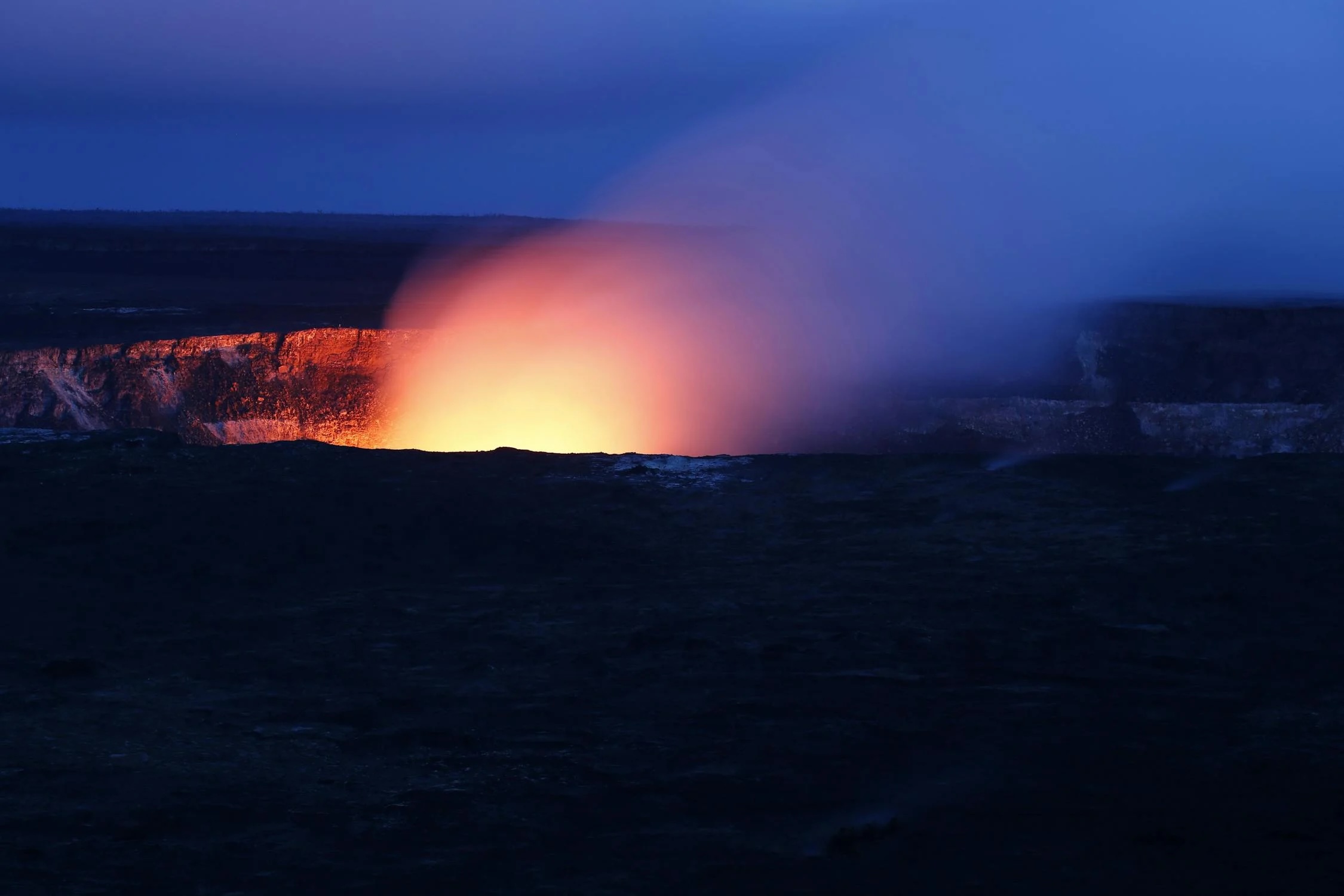
On the Reykjanes Peninsula in Iceland, a team of geochemists are studying the many recent eruptions in the area to gain a better understanding of what is causing the eruptions to happen. Similar to Momotombo, the volcanoes in the region were dormant for nearly 800 years until they awoke.
In 2021, Fagradalsfjall erupted. For nearly six months, lava poured from the volcano and filled the valley below with molten rock.
A Glimpse Into Earth
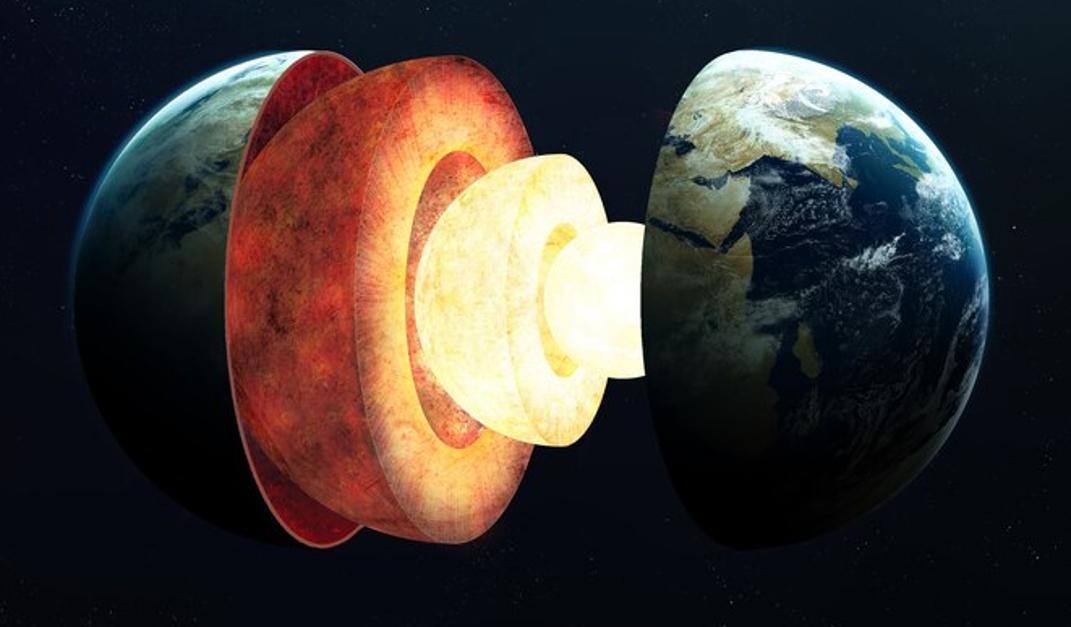
Since Fagradalsfjall’s eruption, the peninsula has entered a period of volcanic activity that no one expected. Each eruption provides a glimpse into what is going on beneath the surface.
These insights can help the researchers find the origins of the magma, and how the volcanic system has evolved.
The Last Period of Activity
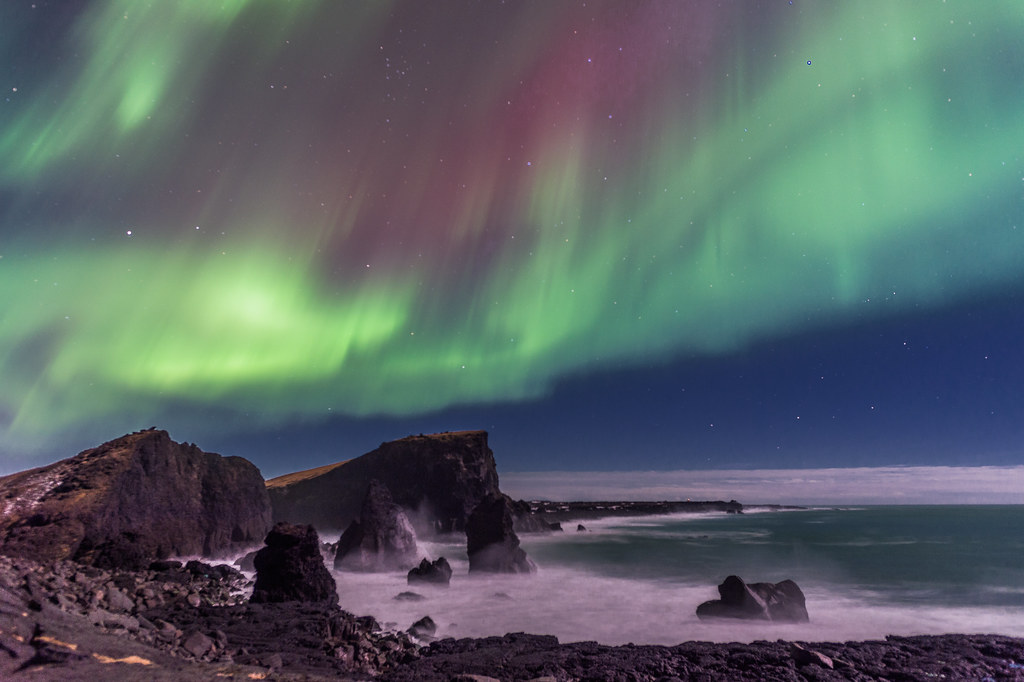
The Reykjanes Peninsula is located on plates that tug at an angle, which makes the area a “cool spot,” or a place where active volcanoes are not the norm.
The last period of volcanic activity on the Reykjanes struck between 800 to 1240 C.E. when volcanic spurts burst from the land.
A Spike in the Peninsula
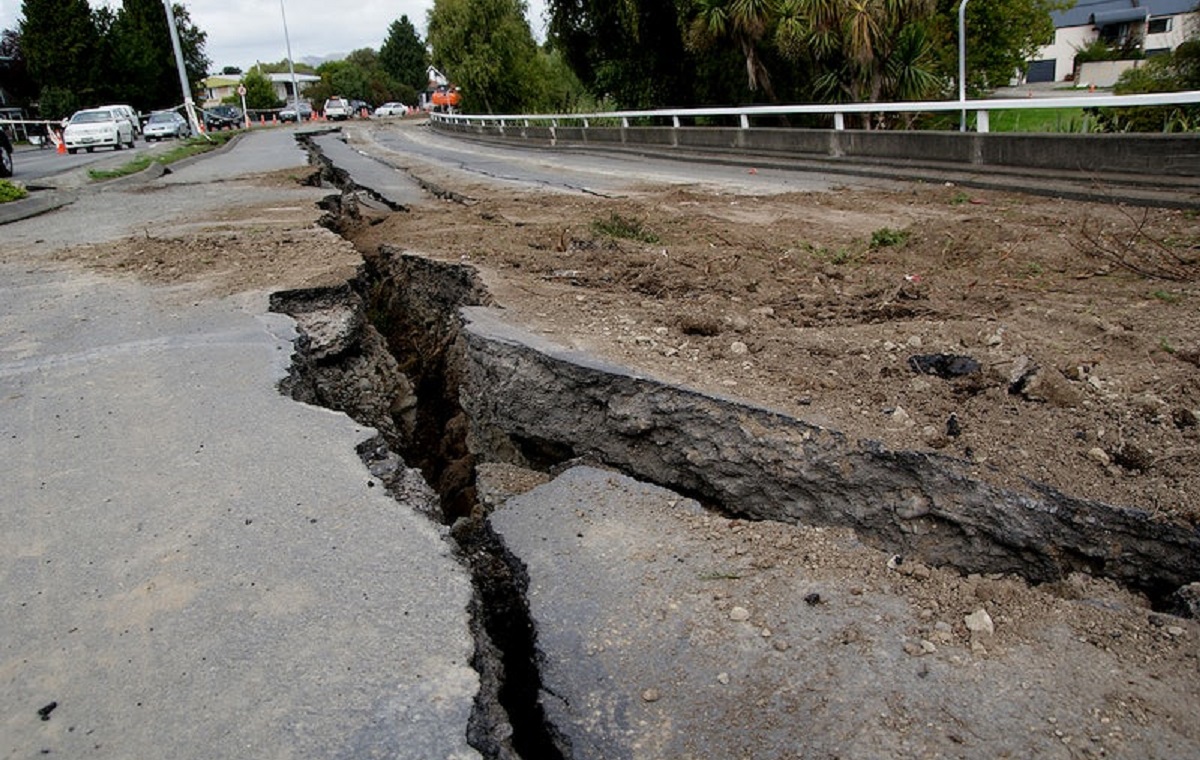
The spike in activity in the peninsula started after an earthquake in 2019. The rumbles continued to plague the peninsula for years, with more than 17,000 recorded in a single week. Soon, researchers began to notice that the ground started to deform—this is a telltale sign that magma was building underground.
Then… silence. “We thought, OK, maybe this is it. We’re not going to see an eruption this time,” Kristín Jónsdóttir, a seismologist at the Icelandic Meteorological Office, tells CBS News. “But we were wrong.”
A Series of Volcanic Activity

After Reykjanes erupted in March 2021, lava-filled a nearby valley during the Meradalir eruption just over a year later. In 2023, Litli-Hrutur, which is located northeast of the other two eruptions, sputtered to life.
Then, Grindavik rumbled to life at the end of 2023, sending lava hundreds of feet into the air.
Rearranging Iceland

The eruptions were short-lived, and builders placed communities far enough away to avoid accidents, but their activity has sparked a conversation about their impact on the Earth.
“We’ll watch in slow motion as Iceland rearranges itself to go back into a period of natural hazard hardship,” Edward Marshall, a geochemist at the University of Iceland, who is studying the chemical conundrum, says.
Looking Below the Surface

Clues as to what is happening deep underground could be found in the pattern that emerged during the eruptive period of volcanic activity. Maybe the Earth is just rearranging itself, and we are here to witness and record it for the first time.
As Momotombo sputters back to life, many researchers will be flocking to its base to study what is happening beneath the surface.








































